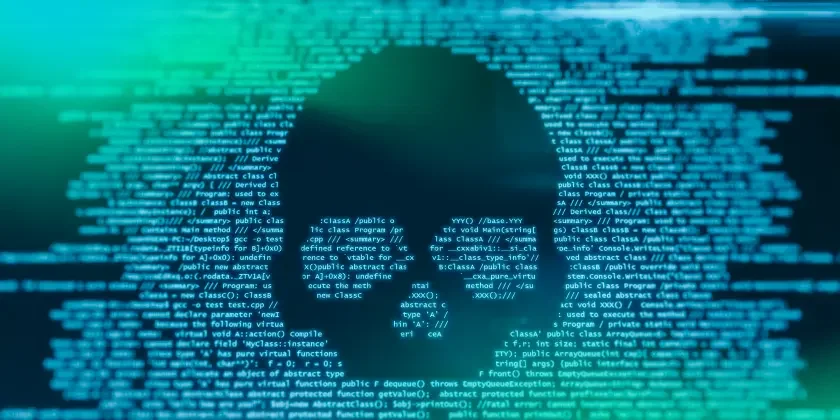What is CVE-2025-48984 vulnerability?
CVE-2025-48984 is a critical remote code execution (RCE) vulnerability impacting Veeam Backup & Replication software. This vulnerability allows unauthorized attackers to execute arbitrary code on a compromised server due to improper input validation. Designated under the Common Vulnerabilities and Exposures system, CVE-2025-48984 has been identified as an advanced exploitation pathway that poses a high risk to systems handling sensitive organizational data.
When was it discovered?
The vulnerability was disclosed on October 16, 2025, by security researchers analyzing misconfigurations in widely used backup server infrastructures. The discovery credits go to Secure ISS and other leading cybersecurity research teams. Public advisories and vendor updates followed promptly to address the issue.
Affected products & versions
Product | Versions Affected | Fixed Versions / Patch Links |
Veeam Backup & Replication | 12.0.0.1420 and earlier | |
Veeam Backup & Replication | 11.0.1.1261 and earlier |
CVE-2025-48984 technical description
The CVE-2025-48984 vulnerability results from improper handling of user-supplied input via network services exposed by the backup server. Specifically, unauthenticated users can craft exploit payloads that exploit an input validation flaw within certain data processing routines. Attackers leverage this issue to gain unauthorized access and execute arbitrary code, potentially escalating their privileges across an organization’s network. Vulnerable packet construction involves malformed API requests, targeting key service ports and resulting in memory corruption or unauthorized code execution.
Tactics, Techniques & Procedures (TTPs)
This vulnerability is exploited using standard TTPs such as network reconnaissance, malicious API call crafting, and exploitation of accessible backup server ports. It is often used in the initial phases of broader ransomware campaigns or data exfiltration attacks.
Indicators of Compromise (IoCs)
Indicators for CVE-2025-48984 exploitation include unexpected backup server crashes, unusual outgoing traffic from the backup server to untrusted IPs, and modifications to key system files. Monitoring server logs for unauthorized commands and scanning for requests to known malicious domains can help detect compromise.
Known proof-of-concepts & exploits
Proof-of-concept (PoC) code for CVE-2025-48984 has been published on GitHub repositories frequented by penetration testers and researchers. Active exploitation campaigns have been documented targeting IT infrastructure in finance, healthcare, and government sectors globally.
How to detect CVE-2025-48984 vulnerability?
Detecting CVE-2025-48984 requires tools like vulnerability scanners configured to analyze exposed ports and unpatched software versions. Host-based detection systems (HIDS) should monitor for unauthorized files on the backup server. SIEM platforms can be configured with custom detection rules to identify malicious API activity or unusual commands targeting backup services.
Impact & risk of CVE-2025-48984 vulnerability
The business impact of this vulnerability is significant, as it enables attackers to compromise critical backups, exfiltrate sensitive data, and launch ransomware attacks. Technically, it undermines data confidentiality, availability, and integrity by allowing complete remote control of server environments.
Mitigation & remediation strategies
Immediate mitigations include applying Patch KB4771 to fix the vulnerability, restricting network access to backup service endpoints, and ensuring strong authentication mechanisms. Configuration changes should include disabling unused backup ports and employing network segmentation to contain exploitation attempts.
CVE-2025-48984 Vulnerability FAQs
CVE-2025-48984 is a remote code execution vulnerability impacting Veeam Backup & Replication. It works by exploiting an input validation weakness, allowing attackers to send crafted payloads that execute arbitrary code on vulnerable servers.
It is exploited remotely through crafted API requests sent to vulnerable backup server endpoints. Attackers do not require authentication and can deploy payloads leveraging this flaw to compromise systems entirely.
Yes, CVE-2025-48984 remains a threat, particularly for systems yet to apply patches or follow mitigation measures like network segmentation and endpoint monitoring.
Organizations should immediately apply necessary patches, restrict access to exposed services, monitor network traffic for anomalies, and enhance theirlogging and alerting mechanisms to quickly detect and respond to exploitation attempts.




Protect What Matters








